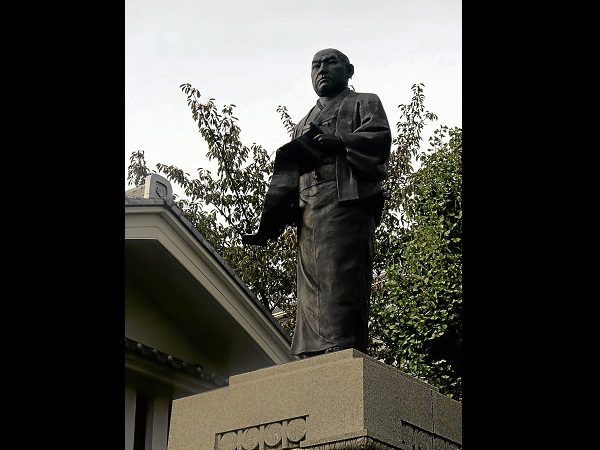
Rabrindranath Tagore once said that each country had its inner geography where her spirit dwells. I imagine that this geography is shaped, then defined by narratives which embody a people’s views of themselves.
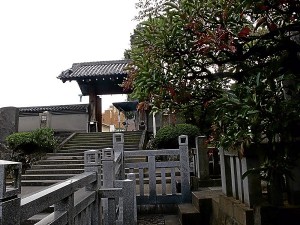
In our case, an important account is, of course, Rizal’s “Noli Me Tangere.” For the Japanese, a likely candidate would be the tale of the 47 loyal “ronin.”
This tale is based on historical events and, unlike the Noli, did not arise from the hand of just one author. The events have been fashioned and refashioned as they were passed from father to daughter, from friend to foe. Every recounting constituted a reinvention which implicated the storyteller’s personal views.
It would be difficult to discern where historicity began and where legend ended.
There is even confusion as to the numbers involved. Some scholars insist on 46 protagonists. Clearly, it was not accuracy that was at issue, but resonance.
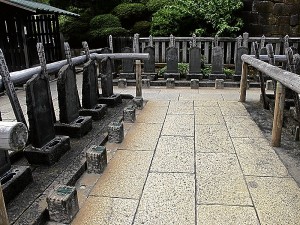
The saga has taken many forms. It has provided pith for Kabuki operas, Bunraku puppet plays, movies and TV shows. It has been incarnated as novels, woodblock prints, paintings and of course, manga.
This veritable sea of stories in various media is called chushingura. Hollywood is threatening yet another version, a film starring Keanu Reeves. Now it is my turn to attempt a retelling of this beloved epic.
Listen: In the opening years of the 18th century when Japan was ruled by the Tokugawa, a certain Lord Asano felt insulted by his fellow samurai, Lord Kira, while the two were inside the Shogun’s palace. Asano attacked Kira with his sword, wounding but not killing him.
Since such a violent act was strictly forbidden in the Shogun’s residence, Asano was condemned to commit ritual suicide or seppuku. His death left his loyal retainers masterless and thereafter they would be known as ronin.
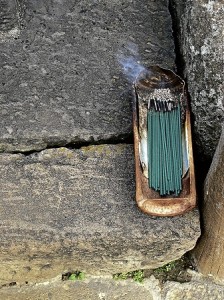
Forty-seven of these ronin spent two years plotting Asano’s revenge. To fool Kira into lowering his defenses, they pretended to disband and to lead wanton lives. They even made their own armor since purchasing these on the market would raise suspicions.
Finally, the time came when they felt ready. One night, they attacked Kira’s mansion, slaughtering his bodyguards but sparing women and children.
Finding Kira hiding in a secret chamber, they decapitated him. The ronin then journeyed to Sengaku-ji, the temple in what is now Tokyo, where Lord Asano was interred.
After washing the head in a nearby well, they presented it to their late master’s tomb.
Their task completed, they turned themselves in to the authorities, knowing that they would all be condemned to die by seppuku just like Lord Asano.
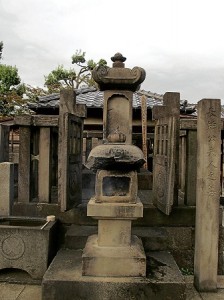
Compatriots in life, so it was in death: they were all buried together in the same compound as their master.
Realizing that my hotel was very close to the ronin’s graves, I decided to visit this famous site.
A marker informs passersby that Sengakuji is part of a “Pathway to History and Culture.” It is noted that Tokyo’s “rich historical and cultural heritage can often be best appreciated on foot” and that “this Course is one of 23 designated Historical Walks.”
Surely this idea of walking circuits is something Philippine municipal officials can learn from.
Feeling sufficiently edified, I proceeded to the temple gate. The doorway plaque was emblazoned with the characters for “Mountain of Many Pines.”
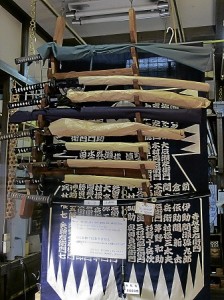
At the next entrance stood the statue of Oishi Kuranosuke, the leader of the 47. How appropriate that it is his image which has the place of honor. In many ways, the tale of the ronin is really Oishi’s story. Lord Asano would have probably been forgotten if not for the valor of his henchman who sacrificed all to avenge his master.
Beyond is a large paved courtyard dominated by the main hall. The doorway plaque here bears the characters for “Lion’s Roar.” Apparently, this refers to the idea that the teachings of the Buddha are to be expressed with the fervor and strength of the King of Beasts. The same could actually be said of the ronin’s tale since news of the courageous exploits had gone beyond the quiet temple compound to resound throughout Japan.
Moving on, I passed by some gnarled trees. One of these is a plum whose trunk is supposed to have been marked by the blood of Lord Asano as it gushed forth. Clearly, nature, too, has its role in this tragic tale, mirroring the actions of men.
Next came the well where Kira’s head was washed before being presented. It now sports a wire mesh cover. The practice of throwing coins into wells and ponds, buoyed by the longings of nostalgic, superstitious tourists and enterprising site managers, has become universal. It was good to know there was still a place where the sacred was preserved unsullied by currency.
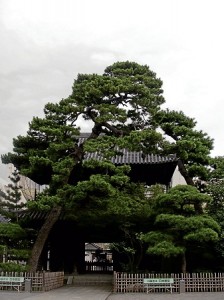
Going through a dignified old gate which is supposed to have been transferred from Lord Asano’s home, I finally reached the enclosure where the ronin were buried. Their graves are marked by simple tombstones, smooth in front and roughly hewn on the sides.
I was impressed to find that I was not alone that day. There was a group of elderly women bustling around. Their manner was almost solicitous, as if they were tending to the burial plots of family members. I suppose, this is essentially the case—the Japanese are so familiar with the chushingura that it is likely they consider the dead warriors as kin.
I bought a tray of incense and proceeded to lay a stick before each silent samurai, repeatedly performing my strange version of a bow. Little did I know that such an act of homage would turn out to be backbreaking work!
The 47 are probably viewed from a very personal perspective reflecting everyday considerations. I learned, for example, that the tomb which is most often festooned with bright flowers is that of Chikara, Oishi’s son. He was only 16 when he was made to take his own life for having participated in the vendetta planned by his father. The death of one so young is always painful. Honor and pride notwithstanding, what is the price for a bright future that is suddenly shattered by one slash of a sword?
I suppose only a parent who had lost a child could fully understand the tragedy that lay behind the cold stones of Sengakuji.
In the same vein, I read somewhere that the grave which receives the largest number of offerings in the compound is actually not that of Asano, but that of his wife. I cannot help but smile at the sheer practicality of a public which understands that it was the great lord’s spouse that had to endure the greater suffering. Painful and horrible as seppuku must be, it was, conceivably, over after an hour or so.
But Lady Asano had to witness for many years the confiscation of her family’s properties as well as the dissipation of her clan. How many more women have had to bear the consequences of their hotheaded husbands’ actions?
As it turns out, there are those who interrogate the motivations behind the ronin’s tale along just these lines. One perspective holds that, in fact, Lord Asano should have been more circumspect. Knowing the strict laws governing behavior in the Shogun’s palace, he should have controlled his temper to avoid the subsequent harm that would befall his relatives.
Other writers have opined that what the ronin had done was not worthy of admiration. True samurai would not have waited two years to avenge their master. What if Kira had died before they could exact revenge? Oishi and his men should have attacked immediately. It should not have mattered that there was a greater chance that they may have been vanquished by Kira who would have been better prepared since he had been expecting such an avenging action.
So it is: even heroism and self-sacrifice can be contested. The epic of the 47 ronin is truly a people’s tale, one that is subject to and echoes with the contradictory and inconsistent concerns of the people who love to recount it.
All this controversy seems so far away from this silent enclave in the middle of bustling Tokyo. Here there is only dignity. As I take my leave, I savor the sight of a huge pine tree that has formed, over the main entrance pavilion, an arch graceful as the centuries. This, too, is fitting. For the pine tree remains steadfast. It stands unwavering in the face of raging winds.












































